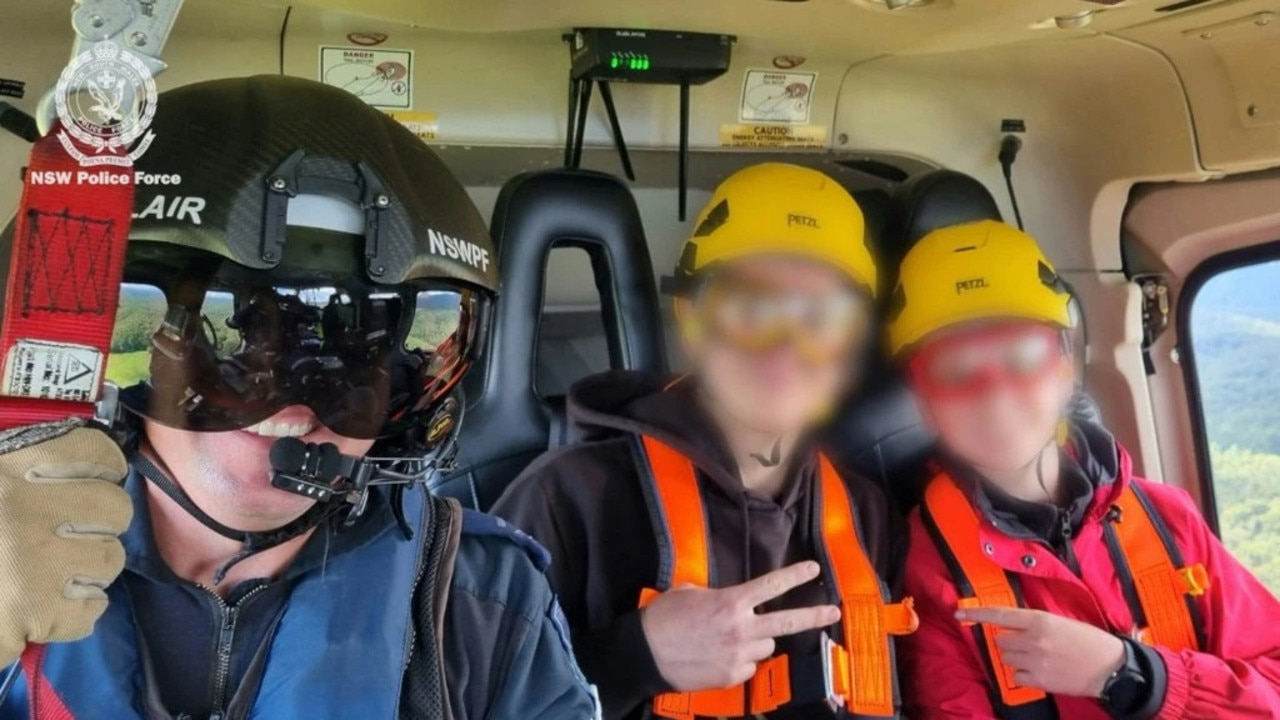Biometric technology set to revolutionise the global aviation industry and the way we travel
Air travel is set for the biggest change in 50 years. See what’s planned and what it means for Australians.
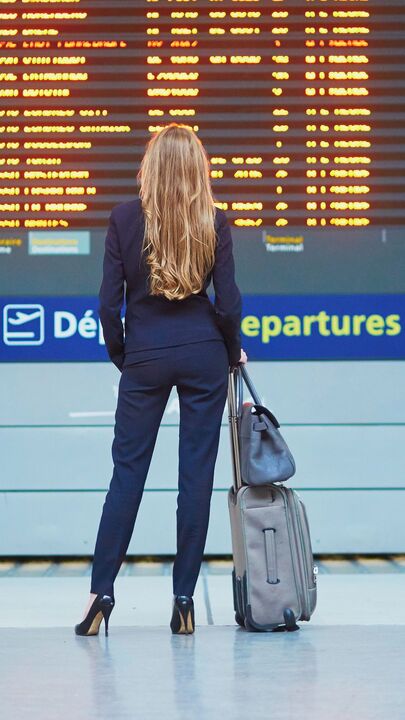
National
Don't miss out on the headlines from National. Followed categories will be added to My News.
Australia’s peak travel body has welcomed the biggest change to the global aviation industry in 50 years, saying the nation’s airports are years behind others when it comes to passenger travel experience.
The International Civil Aviation Organisation, the United Nations body that oversees many aspects of aviation, is updating global standards for passenger processing through airports and airlines and has proposed a “digital travel credential” that would replace online and airport check-ins, including the need for boarding passes, with facial recognition technology.
Australian Travel Industry Association (ATIA) CEO Dean Long said the push to upgrade airport systems to a global standard was a good move that was overdue.
“It’s a good thing and, effectively, something ATIA had lobbied for over the past 10 years,” Mr Long said.
“At the moment, Australia is years behind Singapore and Hong Kong when it comes to wait times and passenger processing.
“Our systems need updating and we’re hearing of system breakages at Sydney and Melbourne airports on a weekly basis.”

When Western Sydney International Airport (WSI) opens in 2026 it will be the country’s most advanced airport when it comes to passenger processing, Mr Long said.
WSI has chosen Amadeus – the world’s largest travel technology company – to co-create a digital passenger experience using biometric technology.
Amadeus spokesman Valérie Viale said, on a global level, such a change would be “the biggest the aviation industry had seen in 50 years”.
ICAO says the global overhaul could be realised in two to three years.
Here’s what you need to know.
WHAT’S CHANGING?
The aim is to streamline travellers’ airport experience by using facial recognition technology.
Existing rules around the check-in and boarding processes at airports and on airlines will be scrapped and a “digital travel credential” will be created for each traveller when a booking is made.
Online and airport check-in – as well as the need for a boarding pass – will be replaced by a “digital journey pass”, where flight and passport information is uploaded by the traveller to their pass via their mobile device during the booking process.
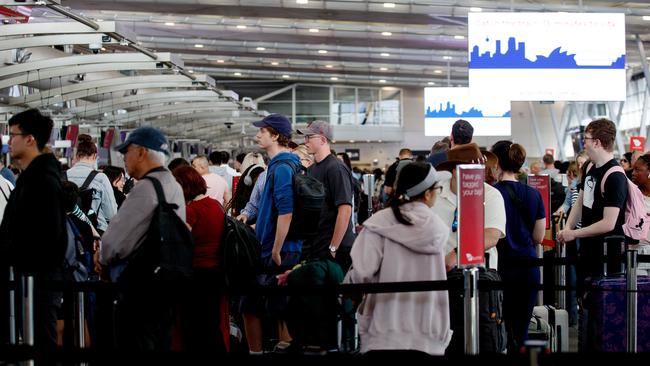
HOW WOULD THIS WORK?
The first thing that needs to happen is airports globally will need to upgrade existing infrastructure with facial recognition – also known as biometric – technology that can scan a traveller’s face and match it to the passport information on their mobile device.
Your unique “digital journey pass” will be sent to your mobile device when you make a flight booking.
The digital pass will contain your passport and flight details that you uploaded when making the booking. Those details – including connecting flights with any airline – will be updated automatically if any changes to the booking are made, by the airline or by you.
The digital journey pass will replace the need to check in for a flight either in advance online or at arrival to the airport.
Instead, the new technology will identify a passenger by scanning their face when they check luggage at the airport bag drop or pass through security with carry-on.
The facial recognition process then alerts the airline of the passenger’s intention to fly.
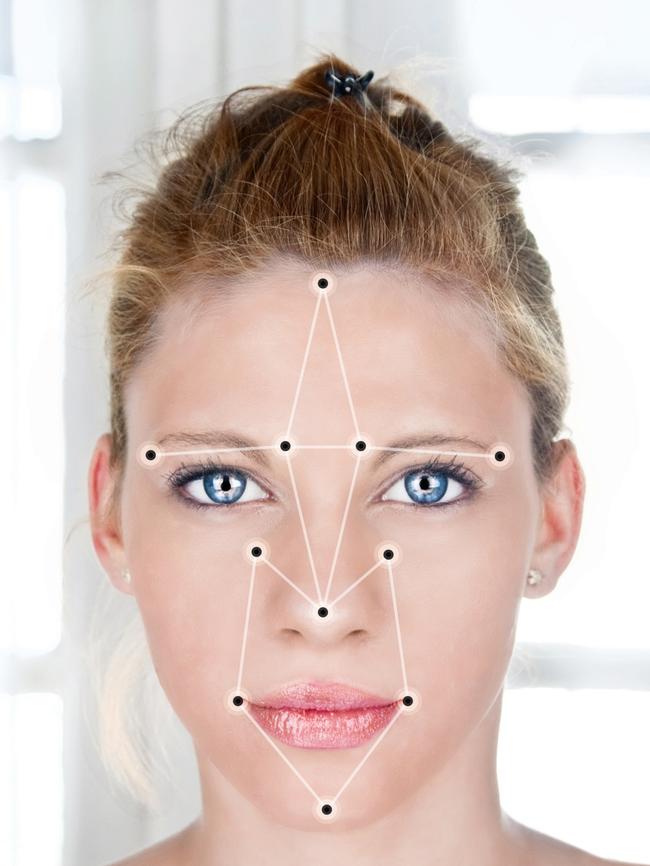

Currently, online check-in opens before a passenger has even arrived at the airport.
Because the process is digital, there will be no need to issue and scan boarding passes at the flight gate.
WHY MAKE THE CHANGES?
It’s time. Many airline systems are outdated and changes need to be across the board to create a global industry standard that is consistent.
Upgrading travel technology in this way will streamline the travel experience. Travellers will be able to navigate airports around the world without the need to take their phones or passports out of their pockets.
Any changes that are made to flights – either by the airline – or by the traveller, will automatically be updated to the “digital journey pass” that is shared between the airline and the passenger.

For example, if you miss a connecting flight or your flight is changed or cancelled, the
updated flight information will be sent automatically to your “digital journey pass” allowing you to head straight to the departure gate of the new flight and board without the need to check in.
WHAT ABOUT PRIVACY?
The new airport digital systems would verify a passenger’s visual identity only with the biometric technology matching the traveller’s face to the passport already uploaded to the “digital journey pass”.
Personal information would not be stored in the new digital systems to remove any risk of data breaches or identity theft.
The technology in development involves a system where passenger details are wiped within 15 seconds of each contact at a “touchpoint” to ensure security.
WHEN WILL IT HAPPEN?
While the ICAO says the concept could be implemented in two the three years, there are a lot of stakeholders to wrangle on a global level and airlines would have to foot the bill of the upgrade.
While Australia’s Passenger Movement Charge (PMC) generates over a billion dollars annually, historically governments have not reinvested in the aviation industry.
Mr Long said without more investment from governments, it could be 10 years before Australian airports could offer a seamless digital travel experience.
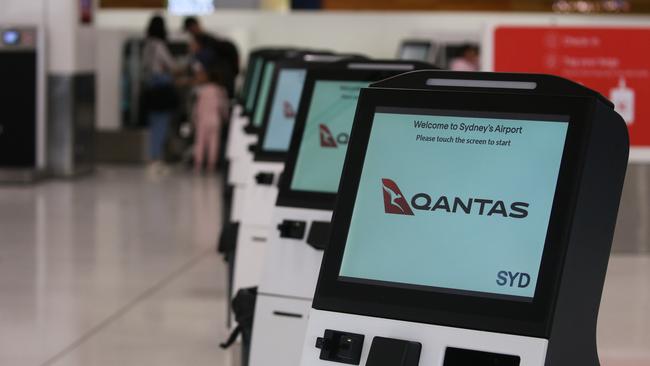
Despite this, a pilot program underway at Brisbane Airport has produced good results.
The Australian Border Force (ABF) and Qantas are working with Agriculture, Fisheries and Forestry to trial a digital incoming passenger card.
Last month, the Australia Travel Declaration (ATD) pilot program was expanded to include eligible passengers on all international Qantas flights arriving at Brisbane Airport.
ABF Commissioner Gavan Reynolds said digitising the incoming passenger card was the next step toward an integrated and fully digital border.
Originally published as Biometric technology set to revolutionise the global aviation industry and the way we travel
Read related topics:Explainers


